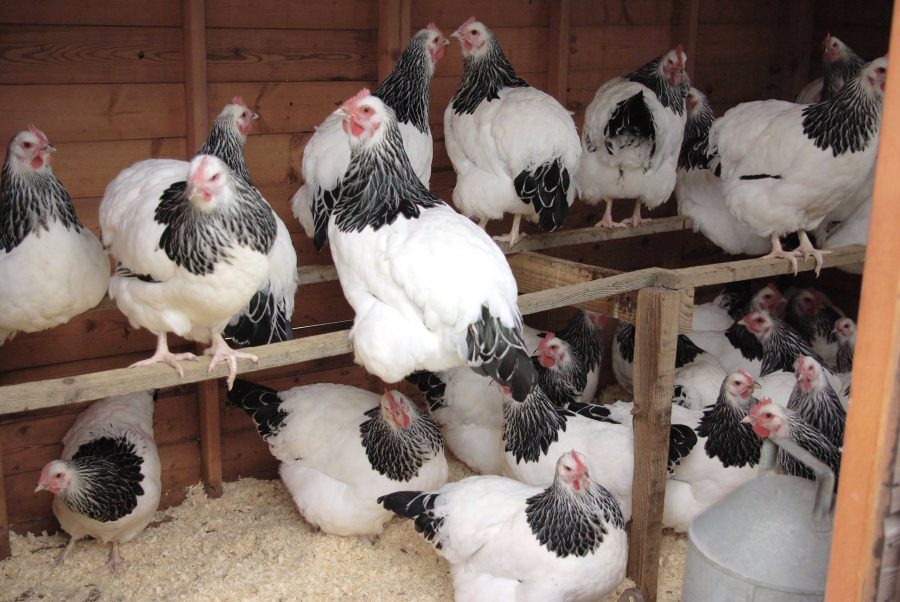Grant Brereton continues with his general overview of what constitutes a ‘strain’ when it comes to breeding poultry…
Become aware of fashion in pure breeds. Sadly, this exists. When I started out, you could see an inch or so of leg on the average Buff Orpington, but Danish imports in the late 90s soon changed the fashion, and it was birds with only their toes showing who were doing the winning, such was their abundant thigh feather.
Many of the older fanciers weren’t impressed by this, but undeniably such specimens were visually striking. It was a similar story in Dutch bantams, wherein the early 2000s, only males with super fanned tails and really curvy and long sickle feathers, together with extremely low wings, were impressing judges. An example of extremities winning favour. I believe it has been reined-in somewhat now by the Dutch Bantam Club. But the aforementioned examples and the knowledge of such, doesn’t do prospective breeders any harm.
NO TWO STRAINS THE SAME
We are indebted to our past masters who gifted us the access to some wonderful varieties of poultry. These ‘greats’ have passed on the baton to future generations and we are so fortunate. However, sometimes strains become a little tired. They have so many good points but often leave a little to be desired, if truth be told. We are human, and we all do things slightly differently, so no two strains are the same. There are many factors at play. Some colour varieties have to deal with putting a pattern on a feather that’s hardly ideally structured, but so required by the breed.
And although strains definitely exist, undoubtedly visits to breeders or looking at photographs can certainly skew one’s perception of reality. If you visit a breeder and they have a pen consisting of ten pullets that look very uniform, they might have bred another thirty pullets that particular year which didn’t conform – and were sold on to pet poultry keepers; you just don’t see them. This is called quality control, and is the reason some respected breeders detest having their name associated with birds no longer in their keep. Invariably, citing a top breeder’s name is done for monetary gain, and/or respect, but views are subjective on whether this is correct. Just speaking personally, I’m reasonably proud of my own stock, but when I hear ‘Grant Brereton’s strain’ and I see pics of birds bred two years down the line, without my input (and photographed badly), it does make one cringe, so to speak!
SO PUTTING MYSELF ON THE SPOT, DO I HAVE A STRAIN?
The answer is ‘probably not!’ I have developments, that are yearly works in progress and tweaked accordingly. Sometimes it works, other times it exceeds expectations and of course, occasionally you fail miserably. Some pairings just don’t work. You just learn and move on. Selection will always be a factor in poultry breeding. For example, some of my best birds had siblings that would never make the show bench. The only ‘strains’ I do have are the bloodlines originating from top breeders, that I believe I ‘keep pure’ by not polluting them with anything else. If you like, the closest thing I have to prepotency. Despite years of my own selection of these strains from top breeders, I still don’t class them as fully mine, but they are invaluable for a bit of peace of mind. They may not have everything I want, but are something to go back to and are reliable to a point, for markings say. Without that reliability, you face a melting pot of potential factors which can make breeding with any consistency very difficult.
Pic caption: The Nick Smith strain of large Light Sussex
This article extract was taken from Practical Poultry in the February 2024 edition of The Country Smallholder. To read the article in full, and learn more from Grant about breeding strains, you can buy the issue here.
To receive regular copies of The Country Smallholder magazine featuring more articles like this, subscribe here.
For FREE updates from the world of smallholding, sign up for The Country Smallholder newsletter here.








